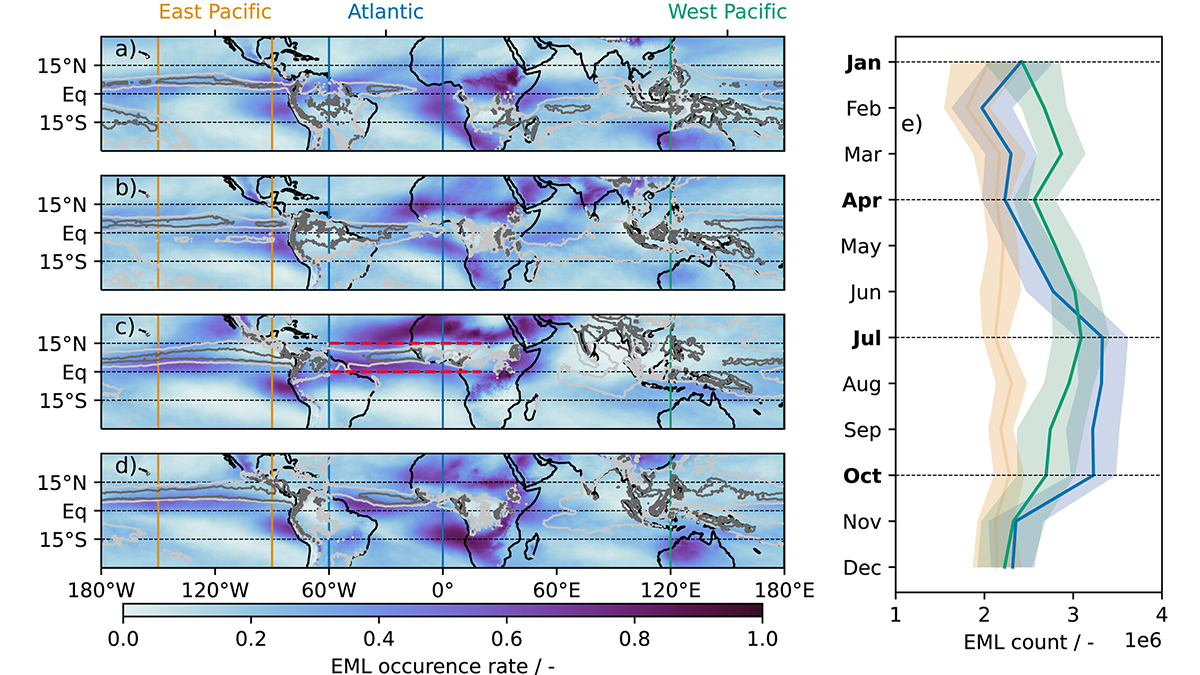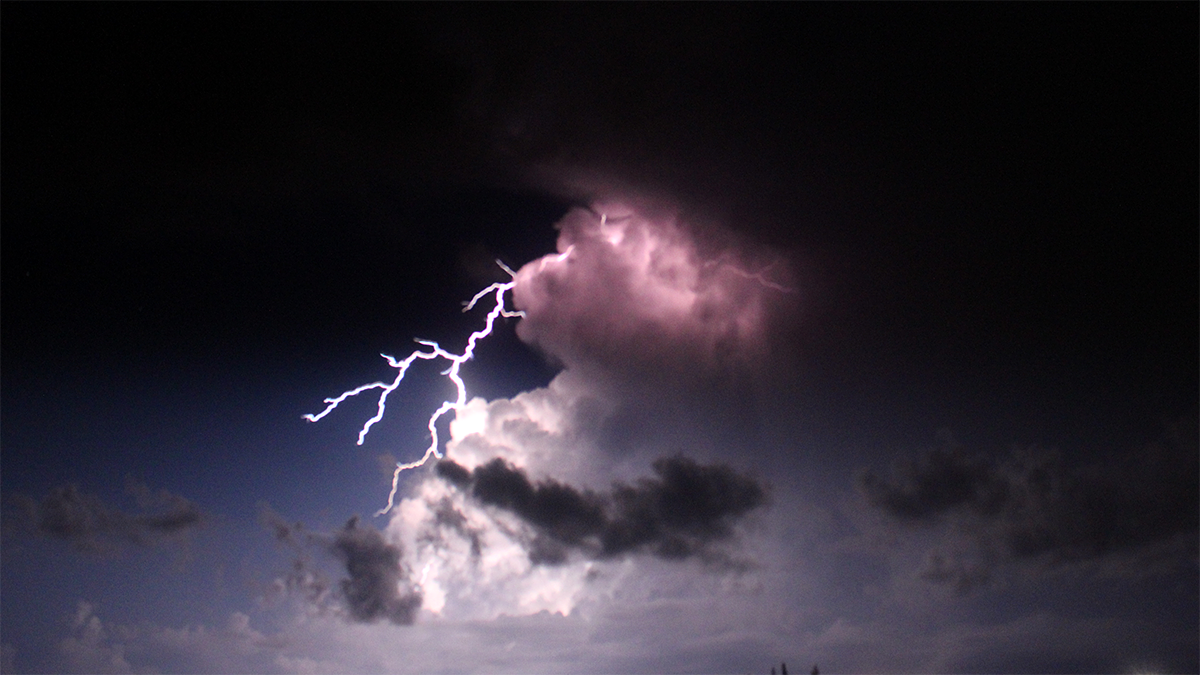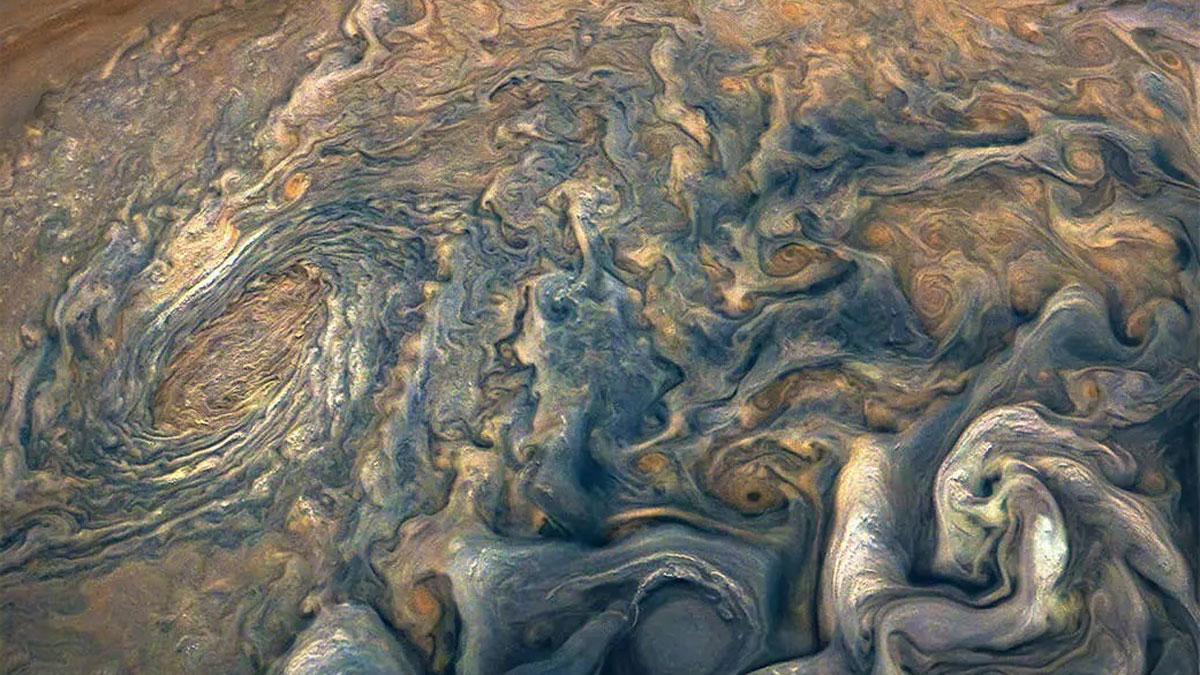The area near clouds is often classified as ‘clear sky’, but a new study demonstrates the potential biases of misclassifying these transition zones and their significance for Earth’s energy budget.
clouds
Darker, Less Cloudy Earth Contributed to Record Heat
Decreases to our planet’s albedo caused by fewer low-lying clouds helped push temperatures to historic highs in 2023, according to new research.
Characteristics of Moist Layers over the Tropical Atlantic
In a new study, characteristics of elevated moist layers, their seasonality, spatial distribution, structure, and the coupling of mid-tropospheric circulation and convection are examined over the tropical Atlantic.
Lightning Initiating at High Altitudes May Develop Continuously
Recent radio observations reveal a new mode of initial lightning development in the form of continuous initial breakdown burst of several kilometers in length at high altitudes within thunderstorms.
Lower Shipping Emissions May Lead to Higher Global Temperatures
Regulations designed to reduce sulfur dioxide emissions from the maritime shipping industry are linked to a change in cloud structure that raises atmospheric temperatures.
All Eyes on Jupiter
Astronomers hope amateur enthusiasts will help them monitor Jovian weather.
Ocean Spray Is Relatively Lifeless
Organic contributions from ocean organisms are sparse in sea spray, helping to clarify predictions of its impact on the climate.
Leuchtende Nachtwolken erhellen den Himmel über Norddeutschland
Eine Verschiebung des Jetstroms in der Tropopause ist möglicherweise für die ungewöhnlich hohe Anzahl an Wolken in großer Höhe verantwortlich, die im Frühsommer 2019 über kurze Zeit zu sehen waren.
A Folding Troposphere May Help Drive Cloud Formation
Scientists have observed atmospheric particles forming where the stratosphere folds into the troposphere, a finding that may deepen understanding of precipitation and climate.










